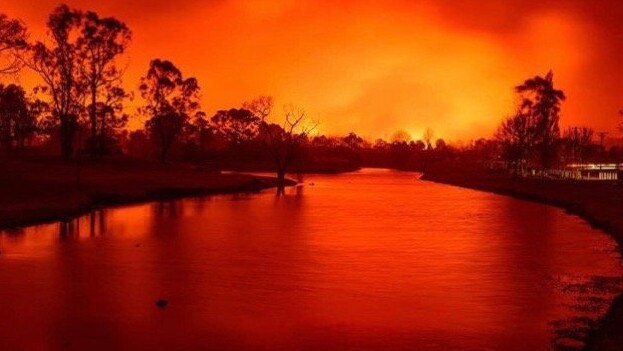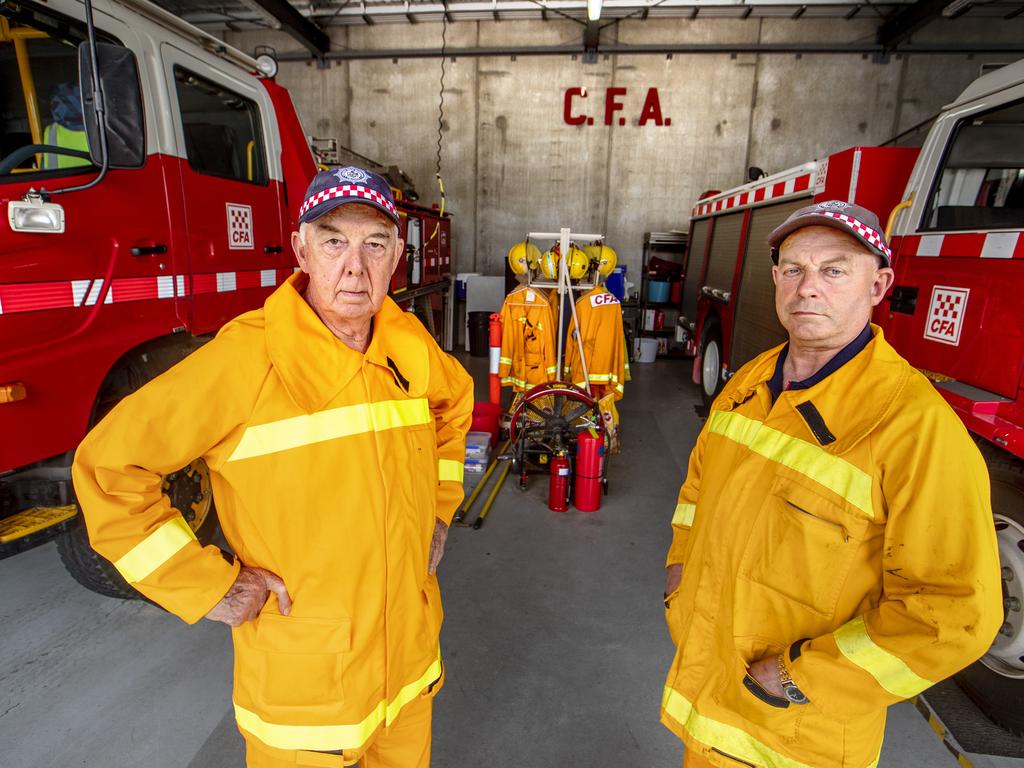Clearer lines needed in management of hazard reduction
Proposed legislation suggests that landholders should be able to more easily obtain approvals for hazard-reduction work.

Landholders should be able to more easily obtain approvals for hazard-reduction work and receive clearer information on what fuel-load reduction activities they can undertake around their properties.
The Royal Commission into National Natural Disaster Arrangements has proposed that Australian governments review their legislation on vegetation management and hazard reduction to ensure they are more user friendly.
The report noted that existing research showed that prescribed burning could materially reduce the risk to properties, but said there was a “need for continuing research to address significant gaps in the science, including in relation to the role of fuels in extreme fires”.
It warned the different views on fuel-load management within the community had become “polarising”, and cautioned against viewing prescribed burns as a “solution” to the risk posed by bushfires.
“We heard many perspectives from public submissions that describe prescribed burning as, in effect, a panacea — a solution to bushfire risk. It is not,” the commissioners found.
The inquiry proposed that state and territory governments take steps to improve public understanding of fuel management given concerns from some state agencies that there was a general “community intolerance of government land managers being proactive in hazard reduction”.
The report endorsed fuel-load management on private property as a key factor in countering the spread of bushfires. It found, for example, that land management at the Willinga Park equestrian and pastoral property west of Bawley Point in the Shoalhaven region of NSW prevented a bushfire from continuing its “uncontrollable high intensity run into Bawley Point”.
Further engagement between Australian governments and traditional owners was proposed to better “explore the relationship between Indigenous land and fire management and natural disaster resilience”.








To join the conversation, please log in. Don't have an account? Register
Join the conversation, you are commenting as Logout